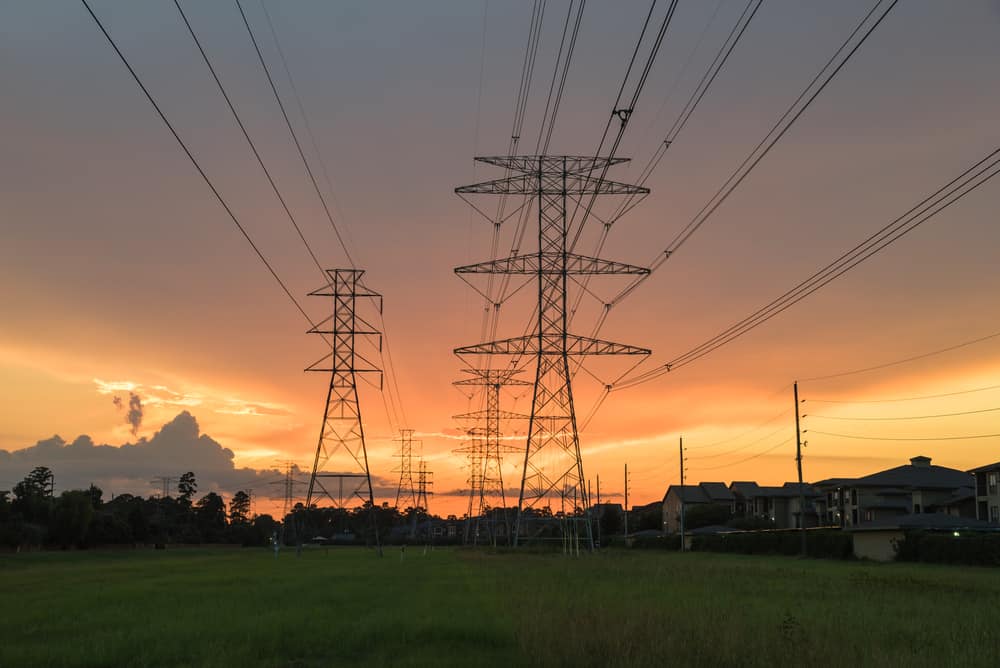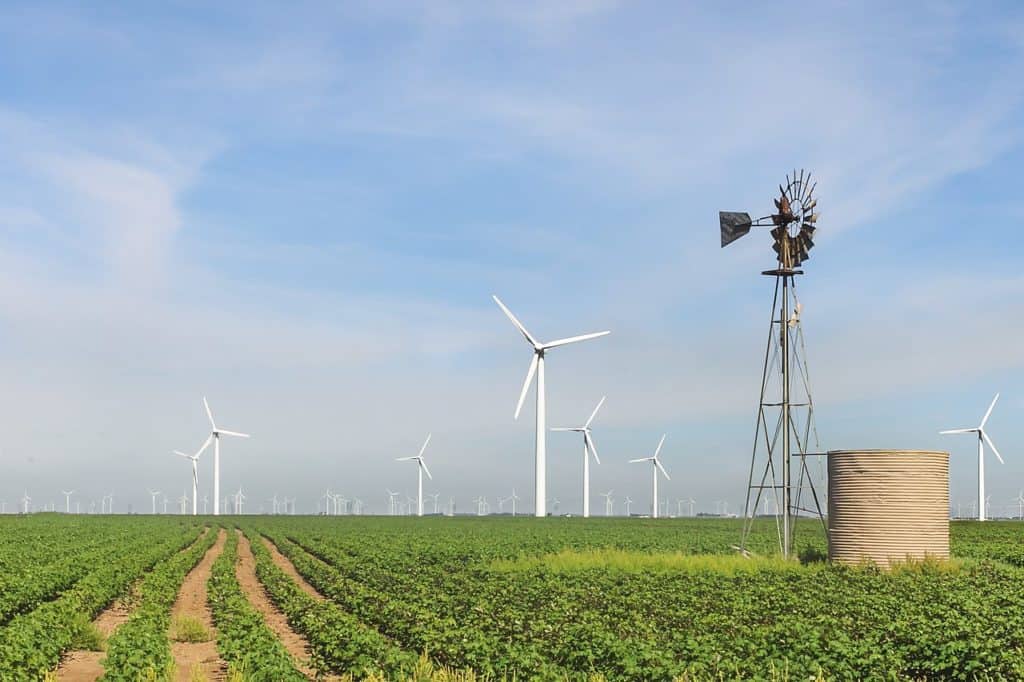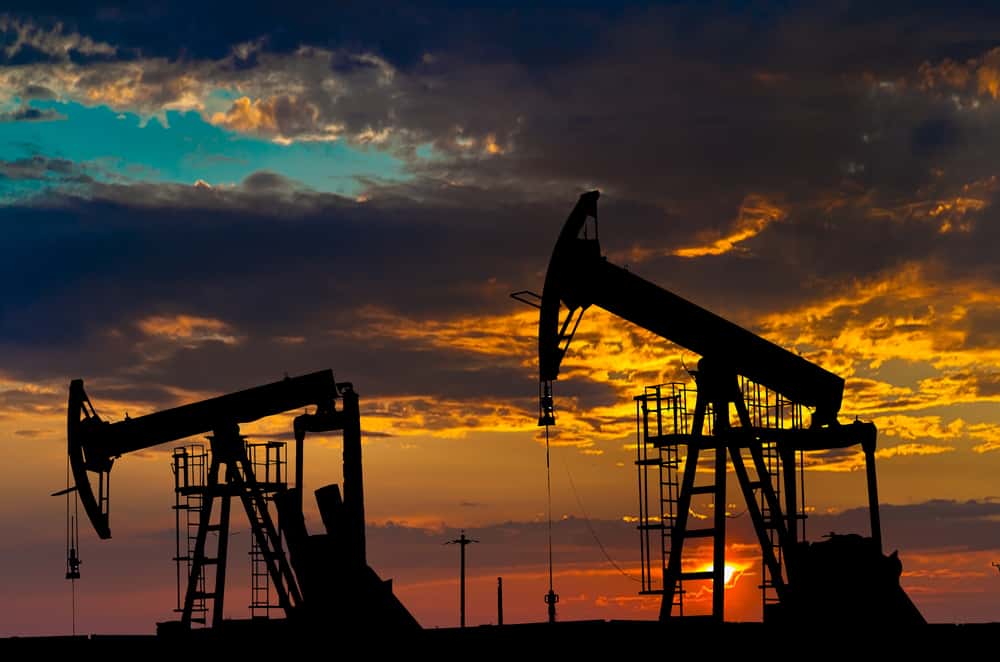Today, Texas uses coal, natural gas, petroleum, wind, solar, and more, to deliver electricity to our homes and energize our state. However, the expansive use of different sources was not always the case. Energy production in Texas, just like the rest of the world, has changed dramatically since the late 1800’s, when electricity was first introduced. Furthermore, the industrial and transportation sectors in Texas run on oil. Crude oil can be converted into fuel for our cars or used to make plastics and solvents. Without the energy resources we have access to today, our lives would be drastically different. Let’s take a look at how energy for electricity generation has changed throughout Texas’ history. We will also examine the rich history of oil in Texas, responsible for shaping the state as we know it today.
History of Electricity in Texas
The late 1800’s are marked by the first efforts to generate and distribute electricity in Texas, much of which involved hydroelectric power plants along rivers such as the Colorado River near the city of Austin.1Texas State Historical Association. (n.d.). Electrical Power. TSHA. https://www.tshaonline.org/handbook/entries/electrical-power Much of this electricity was generated to run compressors for ice plants.2ERCOT. (2016, December 15). ERCOT’s history video. https://www.youtube.com/watch?v=sHvkMJtXle8 While power plants existed as Texas entered the twentieth century, rural areas were not electrified at the time. It took roughly fifty years after the first power plants were built, for electricity to be transmitted to communities and farmlands away from the big cities. This time period is known for the establishment of “rural electric cooperatives,” that led to construction of transmission lines throughout Texas and other parts of the country.3Texas State Historical Association. (n.d.). Electrical Power. TSHA. https://www.tshaonline.org/handbook/entries/electrical-power
Over time, energy resources such as coal, and natural gas were used to generate electricity. During World War II, several electric utilities from Texas merged to support the war effort, creating the Texas Interconnected System. These utilities remained interconnected after the war because this merger made their service more reliable. Before 1970, Texas received electricity from power plants both in and out of state. However, once the Electric Reliability Council of Texas (ERCOT) was formed in 1970, Texas disconnected from much of the country, relying on its own independent power grid to supply electricity throughout most of the state.4Wikimedia Foundation. (2021, June 16). Electric Reliability Council of Texas. Wikipedia. https://en.wikipedia.org/wiki/Electric_Reliability_Council_of_Texas
In regard to electricity energy resources, Texas operates under its own electrical grid interconnect, with few connections to the rest of the United States. The electricity used in Texas is created in Texas.
Dr. Michael Young, Bureau of Economic Geology
Texas Disconnected
Why would Texas disconnect for the most part from other grids? Electricity grids that have connections across different states are subject to the Federal Energy Regulatory Commission. Texas has remained isolated to avoid federal regulation, and all aspects related to the ERCOT grid are managed at the state level. Texas makes its own rules with respect to the ERCOT grid, without federal intervention.
However, this situation means the state depends on internal resources to provide electricity. This isolation is not normally a problem because Texas is the state with the highest energy production. However, isolation makes Texas vulnerable to events like the February 2021 winter storm. For example, natural gas production was temporarily cut by 50% due to the cold weather, and Texas gets most of its electricity from gas-fired power stations.5Pressler, M. (2021, June 28) Understanding the Texas power grid. Quick Electricity. https://quickelectricity.com/texas-power-grid/

Renewables

In 2003, a tiny fraction of energy in the system was produced by wind. By 2015, nearly 12% of total electric energy consumed in the ERCOT region of Texas was produced by wind.6Pressler, M. (2021, June 28) Understanding the Texas power grid. Quick Electricity. https://quickelectricity.com/texas-power-grid/ In recent years, renewable energy has become an even greater contributor of energy for electricity consumption, such that almost one-fourth of the ERCOT grid is supplied by wind energy alone, coming from wind farms such as the Roscoe Wind Farm in West Texas shown here.7Wikimedia Foundation. (2021, June 16). Electric Reliability Council of Texas. Wikipedia. https://en.wikipedia.org/wiki/Electric_Reliability_Council_of_Texas
History of Oil in Texas
The early 1900’s marked the first oil discoveries in Texas. This time launched a period of sweeping urbanization, economic growth, and rapid infrastructure growth in cities spanning the state, including some of the most populous cities in the nation today. In 1901, an engineer by the name of Anthony Lucas and the Gladys City Oil, Gas, and Manufacturing Company, first struck oil in the Spindletop Oil Field in Beaumont, with annual production exceeding fifteen million barrels in the following year. This discovery brought about massive immigration of entrepreneurs and families, all hopeful to strike oil of their own. By 1930, cities such as Houston, Dallas, and Beaumont had a population growth of over five-hundred percent within thirty years.8Texas State Historical Association . (n.d.). Electrical Power. TSHA. https://www.tshaonline.org/handbook/entries/electrical-power
The Texas Oil Boom set the premise for massive urbanization and industrial growth in Texas. Simultaneous to the increased rate of oil production the barrel price of oil fell below the price of water sometime within the early 1900’s. The boom also fueled the automobile industry.9Texas State Historical Association. (n.d.). Electrical Power. TSHA. https://www.tshaonline.org/handbook/entries/electrical-power. Fast Forward to WWII, in the early 1940’s: oil extracted from the Permian Basin in West Texas, was used to fuel the American operations in the war. During this time of need, exploration and production within the Permian Basin increased dramatically, to the point that oil from the Permian Basin accounted for one-fourth of global oil and gas production.10Texas Oil and World War II. Black Mountain Sand. (2020, February 13). https://www.blackmountainsand.com/blog/texas-oil-and-world-war-ii/.
Today, Texas is one of the top crude oil producing areas globally, and number one in the nation. The oil and gas industry contributes to millions of jobs in the state, and billions of dollars in taxes and other forms of revenue. Additionally, crude oil production and other resources in the energy sector, such as natural gas and wind, serve as key contributors to the Texas Gross Domestic Product (GDP). The Texas GDP is the value of goods and services that are produced within the state borders. Crude oil is currently produced both onshore (Permian Basin is a leading area for production) and offshore (Gulf of Mexico).11NPR. (n.d.). Oil Production In Texas. NPR. https://stateimpact.npr.org/texas/tag/oil-production-in-texas/

Image Credits
- Group,Silhouette,Of,Transmission,Towers,(power,Tower,,Electricity,Pylon,,Steel: Trong Nguyen/Shutterstock.com
- Roscoe_Wind_Farm_in_West_Texas-Wiki: Matthew T Rader, Wikimedia
- Oil,Pump,Oil,Rig,Energy,Industrial,Machine,For,Petroleum,In: PhotoStock10/Shutterstock.com